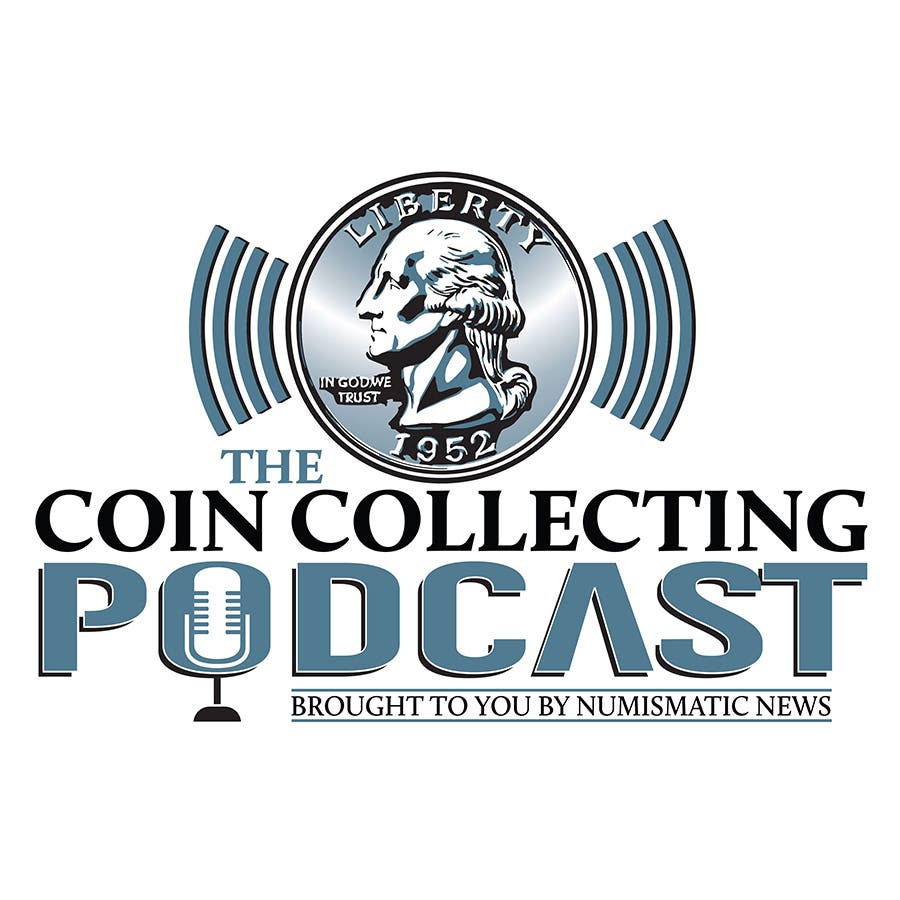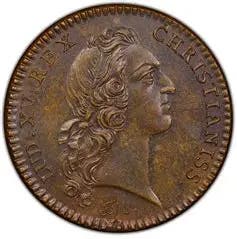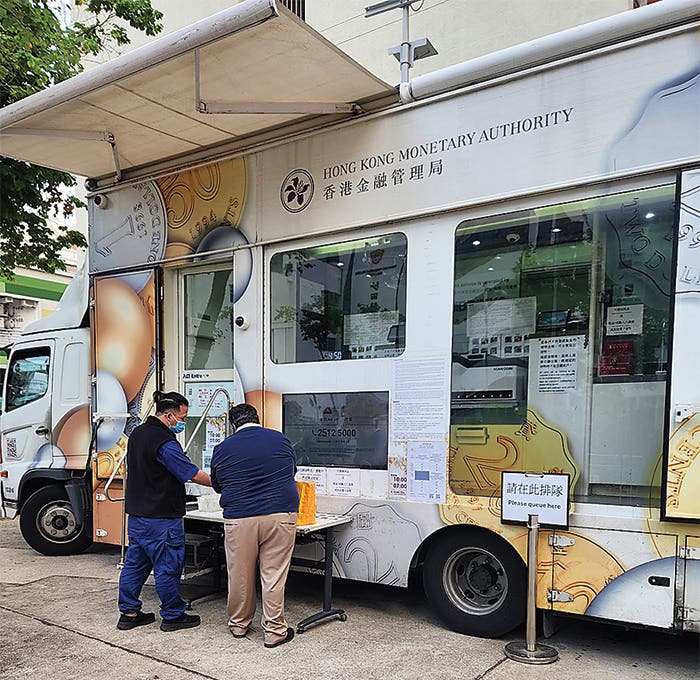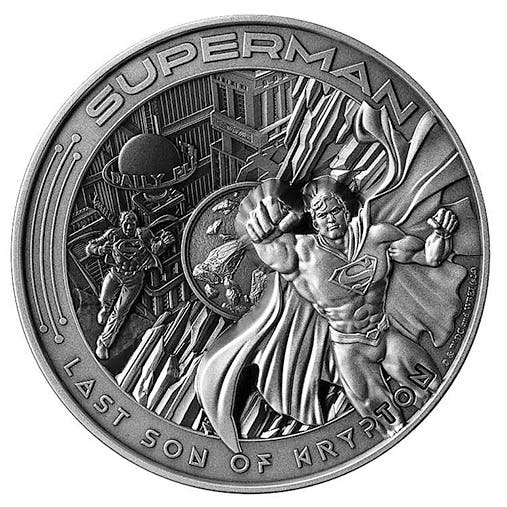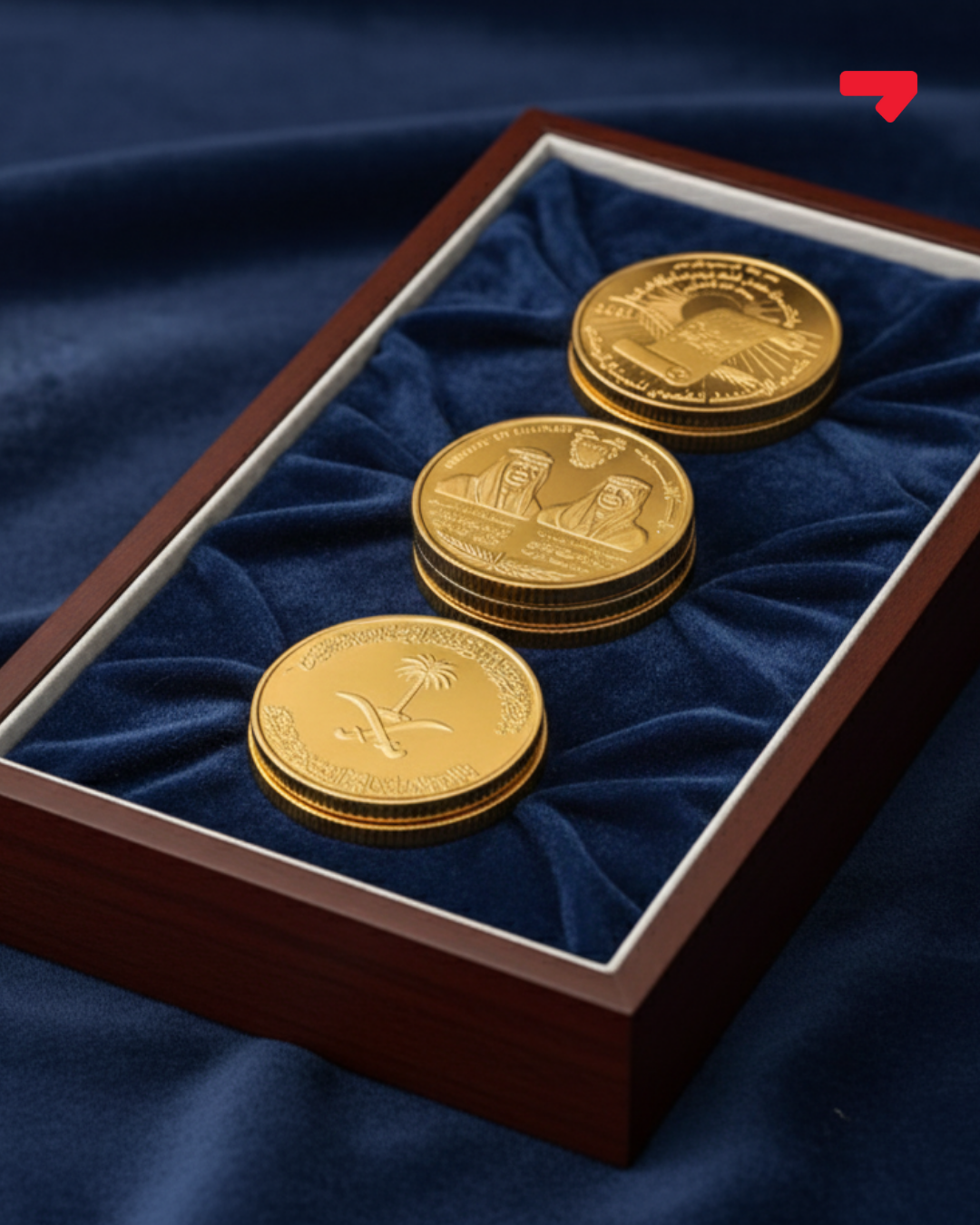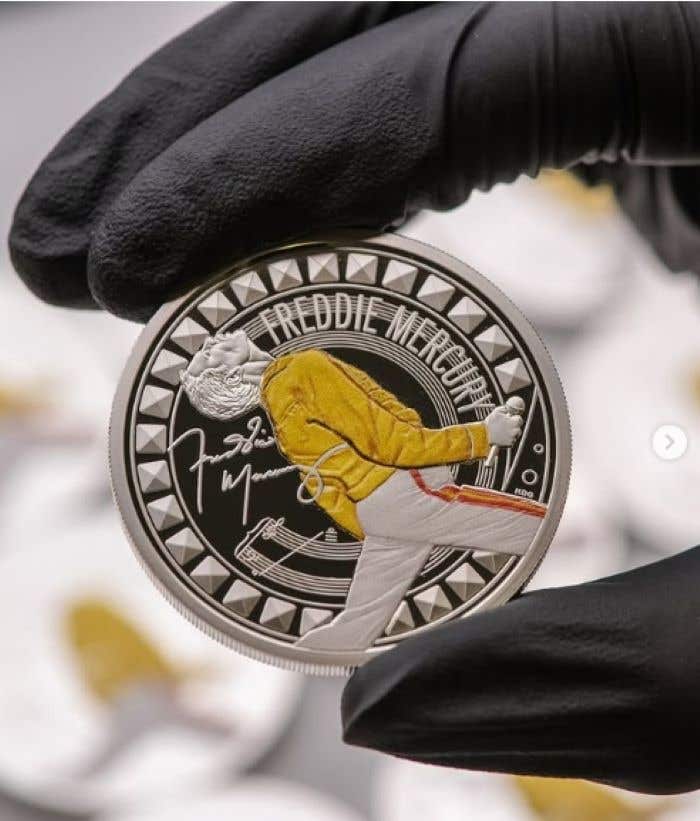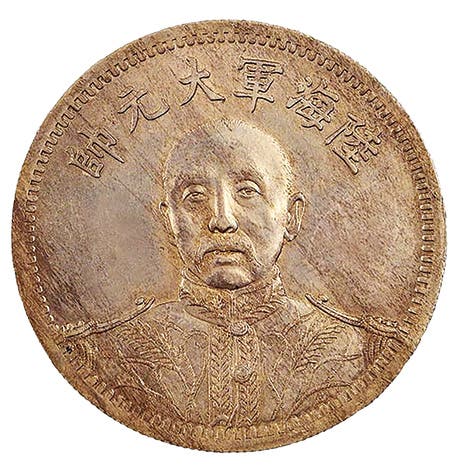Iranian currency reform is at hand
It appears Iran is about to remove four zeroes from each of its bank notes in a proposed currency reform. On April 16 the Central Bank of the Islamic Republic…
It appears Iran is about to remove four zeroes from each of its bank notes in a proposed currency reform.
On April 16 the Central Bank of the Islamic Republic of Iran requested the economic committee of the cabinet (Iran has a vice president of economic affairs) put the previously proposed plan to eliminate four zeroes from the national rial currency while introducing a new currency.
The change from a system based on the rial to toman-denominate coins and bank notes was ratified by Iran’s Parliament in December 2016 by the Rouhani administration. It was agreed at that time that due to economic conditions, concerns about inflation, and economic instability the proposal should be implemented at some later date.
The central bank’s request is aimed at reducing the expense of minting coins and printing bank notes, while making the monetary system more efficient. The change is also expected to have a positive psychological effect on the nation’s beleaguered public.
The terms rial and toman have been interchangeable unofficially for more than a century in Iran. As of late 2016 the toman was officially valued at 10 rial, but this has changed unofficially due to inflation.
Sources indicate coins in denominations of 500, 1,000, 2,000, and 5,000 rials and bank notes in denominations of between 1,000 and 1 million rials circulate currently. The most current issue of MRI Bankers’ Guide to Foreign Currency only lists bank notes in values of 20,000, 50,000, 100,000, 200,000, and 500,000 rials in circulation. The MRI guide identifies the 1 million rials as being ‘Iran cheques’ and as being ‘outmoded and redeemable.’
At current exchange rates a one-million rial Iran cheques is valued at $23.75 US. Iran’s (at that time called Persia) rial currency was pegged to the British pound until 1945 when it was pegged to the US dollar at an exchange rate of one dollar for 32.25 rial. This was changed to 68.725 rial to the dollar in 1973, the peg to the dollar being dropped two years later.
The value of the rial declined dramatically following the 1979 Islamic Revolution. The domestic economy would not stabilize again for twenty years. Due to the consequences of ‘Dutch disease,’ a loss of competitive pricing, and an increase in imports causing an imbalance in international trade, Iran replaced its multi-tiered system with a unified market driven exchange rate in March 2002.
By November 2011 the gap between the official and the ‘parallel market’ exchange rate had widened to more than 20 percent, indicating rising inflation. The rial lost about 50 percent of its exchange rate value in January 2012 following new international sanctions imposed on the Iranian government by the United States and its allies. This led to a devaluation of the currency to half its previous value in July 2013. The Iranian government reduced its subsidization of the exchange rate against the dollar at that time.
The 2015 Joint Comprehensive Plan of Action nuclear agreement between Iran and P5+1 (China, European Union, France, Germany, Russia, United Kingdom, and the United States) regarding how Iran would manage its nuclear technology contributed to further depreciation of Iran’s currency on the world market.
Iran’s currency had fallen to 42,500 rial to the dollar by October 2017, then to 60,060 rial to the dollar on April 9, 2018. This is the lowest value the rial had been at in about 35 years.
The decision to go with the currency revaluation now being planned was likely triggered by the April 7 U.S. government announcement that the U.S. was placing the Islamic Revolutionary Guard Corps on the U.S. Foreign Terrorist Organizations list. The rial decreased by yet another 7.5 percent based on this announcement.
While the change in bank note denominations will be obvious, it was not immediately known if this action will also result in the resumption of 1-, 5-, 10-, 50-, 100-, 250-, 500-, 1,000-, 2,000-, and 5,000-rial coins once more in circulation.



